by Nora Lee
This is a brief introduction to weeds and how to control them. Special consideration is given to weed control in the context of pollinator supportive gardening. When preparing this article, I’ve had in mind an average city ornamental garden, with or without native plantings. Many of the tips would apply to vegetable gardening. If you are planting a native meadow or other informal style of garden, you will still want to control non-native weeds and invasives. You can apply the ideas below where applicable.
What is a weed?
We may think we’re talking about a specific list of plants. But, is that true? Actually, an often repeated definition is, a weed is a plant growing in the wrong place, that is, wrong from the human’s perspective. By that definition, any plant in your garden that you think doesn’t fit into your design, even if you originally planted it, would be a weed. That may be stretching it a bit. After all, you could always dig that up and give it to a friend or put it in a better part of the garden. Nevertheless, it does capture the fact that plants we call weeds are not bad, they are just manifesting their survival strategies in environments they may not have evolved for.
I really like this quote: “Disturbances in vegetation cover and changes in environmental conditions due to natural events or human activities and management practices create opportunities for species with adapted life cycles and growth characteristics to become established, reproduce, and colonize a site” (Nakano n.d.).
Some plants are especially “weedy” by being:
- Able to grow in a wide range of soils and adverse conditions
- Tolerant of disturbance
- Able to produce a lot of viable seed and/or spread agressively by underground stems or roots
- Resistant to control measures
A good example of a weedy plant is creeping bellflower. It is also deviously pretty. Note that just because it’s pretty, doesn’t mean it is not a weed! See text box immediately below.
Why weed?
- Weedy plants outcompete desirable plants. They take away light, water, or nutrients by shading and crowding them. They may also produce chemicals that inhibit the growth of other species around them.
- A plant may be unattractive or not fit into the design. Even a desirable plant might self-seed elsewhere in the garden and this needs to be controlled to get the look you want.
- Some plants should be removed because they are harmful to either people or pets. Poison ivy is a native plant but causes a painful rash.
- You may find you have an invasive plant, the type whose spread threatens the environment, the economy, or human health. Although it may be relatively harmless in your garden, it could spread to neighbouring gardens and eventually into parks, natural areas, or farms.
How to recognize a weed
Sorry, there is no single telltale sign that shows a plant is a weed. You just need to get to know them. Here are some tips to help you learn.
If it is not what you planted, it could be a weed. This may be harder to determine in the spring, so it helps to get to know what your young plants or seedlings look like. Look for images online or in reference books. A couple of sources are listed at the end of this article. Another thing that helps is to mark where you plant new things, especially if you are doing it in the fall: you are more likely to forget come spring.
If it is popping up all over the place, it could be a weed. At least, it has traits of weediness. However, there are plants that do that which you may be quite happy to have, or at least willing to tolerate to some extent, as they won’t be a big nuisance. Forget-me-not and common woodsorrel are two examples. They are easy to pull out where you don’t want them. You can even use this trait to consider a new design idea or to share plants with others.
Observing what is growing on an ongoing basis is a good practice. If you see a plant you don’t know, wait to pull it out or cut it off until you know what it is, but keep an eye on it. See my tale of the creeping bellflower (above). You might need to wait for it to flower but try to prevent it from going to seed before you know what sort of problem it will be. You can always try asking a knowledgeable neighbour or friend, use a field guide, or use a plant ID app.
In the vein of getting to know your plants, look up common weeds and invasive plants in your area on the Internet or in reference books and learn what they look like.
Weed control in a new garden
In a new garden, you have the opportunity to start with a “clean slate.” It is never really clean unless you have trucked in pristine sterile soil, but you have some advantages. Know that you or someone will have to weed, so be ready for ongoing maintenance.
You can design to help weed control:
- Put plants where they’ll grow best
- Plant close together to shade out weeds
- Add stepping stones or make beds narrow to avoid stepping on the ground and compressing the soil while you access the farther reaches of the beds to do your weeding and tending
- Use mulch along the front edges of the beds to help keep them tidy
- As noted above, mark where you plant things and what you plant. There are different ways to do this including taking photos and converting those to diagrams that you can then label.
Weed control in an existing garden
- Alow or add desired plants to fill in spaces and reduce access for weeds.
- Weed early and often. Many weeds are annuals: get them while they are small and there will be less to weed later. However, avoid getting into the garden too early in the spring when the ground is soft.
- Use mulch. Remember, though, 70% of bees nest in the ground, so leave bare areas for them. Use mulch around the most drought-susceptible plants and at the front of beds for tidiness. Best are natural mulches – dead leaves, composted cedar bark, pine needles, wood chips, straw, newspaper, or cardboard. These decompose over time and add organic matter to the soil. If not too dense, some provide homes or nesting material for beneficial insects. They will need to be topped up from time to time.
- Deadhead. Remove dead flowers before they go to seed from plants you want but that spread too aggressively by seed, e.g., garlic chives, peach-leaved bellflower.
- Mow. Mowing is a way to control weeds in a lawn. Set your mower to 3-3.5 inches. This lets the grass shade weeds as well as promotes the health of the grass. If you are mowing a meadow, it is mainly to prevent woody plants taking hold. For this purpose, mowing is only needed every couple of years in November. Cut no less than 6 inches high.
How to remove weeds
There is more than one way to do this! Just remember that disturbing the soil by pulling, digging, or hoeing brings weed seeds to the surface and could temporarily increase weeds coming up.
Pulling
- Many with either fibrous roots or slim tap roots will pull out easily by hand, especially after rain
- Grip the base of the plant, gathering up sprawling stems if any, wiggle a little to test, and pull. If they keep breaking off, move to digging or cutting.
Digging
- Use a trowel, shovel or fork, depending on the soil and the plant, to dig up or loosen the plant
- Example: Dandelion: Push shovel down straight and deep next to root and tilt back to loosen, then pull by hand. Ideally, get all the root! Press the soil back down.
Cutting off
This method reduces soil disturbance and will kill annual weeds with one stroke. Perennial weeds will need repeated and frequent cutting to kill and some may be too aggressive for this approach.
- Cut the plants off at or just below the soil surface
- Dutch hoes or shuffle/scuffle hoes work well if standing.
- When kneeling, cut them off with a sharp knife, hand hoe, shears or scissors
Smothering or solarizing
- May be the only choice for some invasive plants like Japanese knotweed covering a significant area
- Use thick cardboard, newspaper or heavy cloth/tarps depending on the type of plant you’re dealing with.
- Use clear plastic to solarize for a faster result in a sunny area. This may also help kill weed seeds.
- Leave on for prescribed period
Natural weed killers
- Avoid chemical herbicides because of potential harm to humans, pets, beneficial insects, and desired plants. The main “natural” approach is to use vinegar diluted with water and a little dish soap. Spray the leaves with this mixture. Like cutting, it will kill annuals but will need repeated applications for perennial weeds.
- Including salt in this mixture will kill the plant but only use it if there is no plan to grow anything else there and avoid completely if possible.
- Use boiling water for small areas or individual weeds
- Pre-emergent treatment for annual weeds: Corn gluten meal
Some additional notes on weeds and weeding
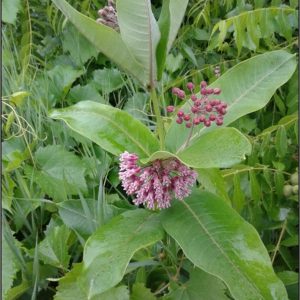
Common Milkweed, Asclepius syriaca, may be considered a weed as it spreads aggressively in a garden, but it’s also the host plant for Monarch caterpillars.
Many weeds are actually edible or they may be good food for pollinators and other beneficial insects. Some may be native plants. So, consider whether you need to get rid of all the “weeds” or could manage them in an attractive way (Green 2014).
For the sake of restoring biodiversity, we’re recommended to have 50% of the area of our gardens as native plants (Reynolds 2022, Tallamy 2023).
If you have a lot of weeding to do, prioritize:
- Those going to flower or seed
- Those most visible
- The outside of the patch first working inwards, especially for spreaders
Be kind to yourself
- Work at cooler times
- Use a long handled hoe to stay on your feet with less bending – or use a pad for kneeling, or a stool for sitting
- Take breaks and stretch
- Enjoy the satisfaction of a tidy garden
References
- Green, K. 2014. Plantiful: start small, grow big with 150 plants that spread, self-sow, and overwinter. Timber Press, Portland, Oregon.
- Nakano M. n.d. Characteristics of weedy species. In Red Seal landscape horticulturist identify plants and plant requirements. Open access.
- Reynolds, M. 2022. We are the ark: returning our gardens to their true nature through acts of restorative kindness. Timber Press, Portland, Oregon.
- Tallamy, D. 2023. Home grown national park.
Additional resources
- 12 Natural ways to get rid of garden weeds. Yankee Publishing, Dublin, New Hampshire, USA.
- Corman, P. 2019. The ultimate guide to weeds: what to yank, what to leave and what you should never ever touch. CBC.
- Good advice on maintaining a garden: The Know Maintenance Perennial Garden, by Roy Diblik.
- Natural weed killers, Leafy Place.com
- Types of weeds, Leafy Place.com
- Ontario Weeds Gallery, OMAFRA
- Ontario Invasive Species Awareness Program: terrestrial plants. Includes photos.
- Gardeners’ Invasive Species Action Plan, Ontario
- Grow Me Instead for Southern Ontario
Acknowledgements: Thanks to Berit Erikson and Clare Grosskleg for providing some of the ideas in this text and to Sharon Boddy for organizing the webinar where the information was first presented.
Gallery of some lawn and garden weeds in Ottawa
Nora Lee inherited her green thumb and sense of social responsibility from her mom but it was when she bought her own house, 26 years ago, that she started gardening in earnest. Besides filling all the spaces in and around her own garden, she also founded and designed the Clyde Bee & Butterfly Patch pollinator garden in 2020, bringing in neighbourhood volunteers to help grow plants, and plant and water them.
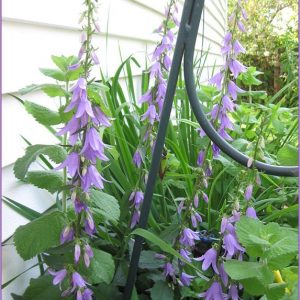


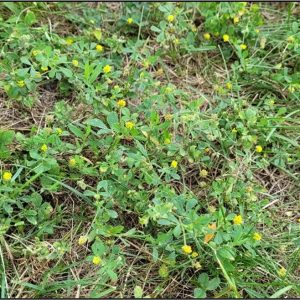
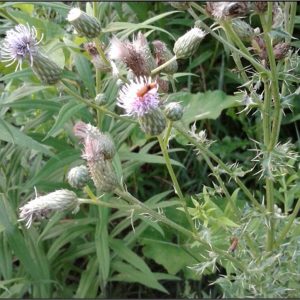

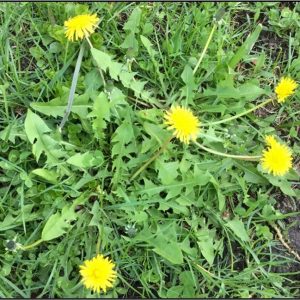
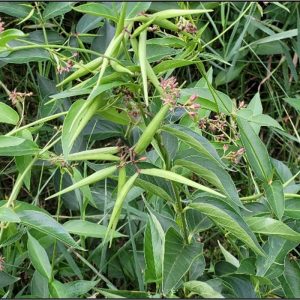
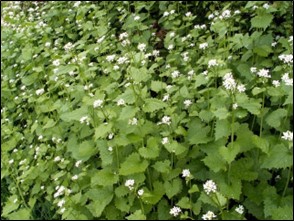
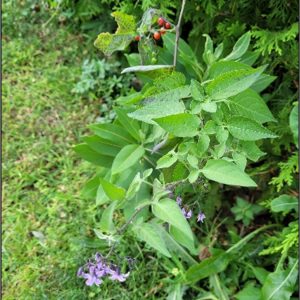
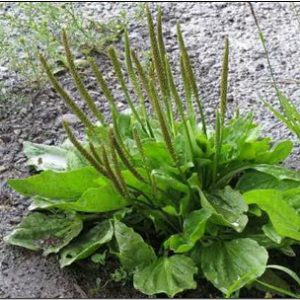
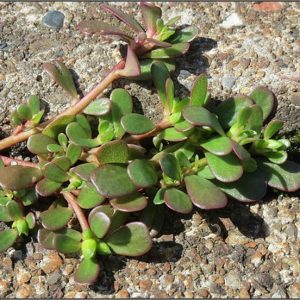
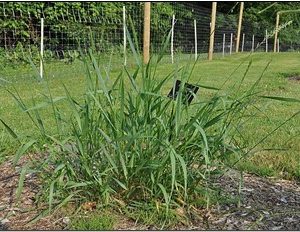
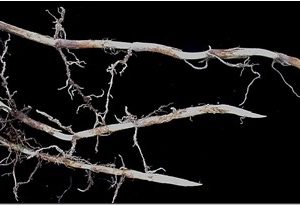
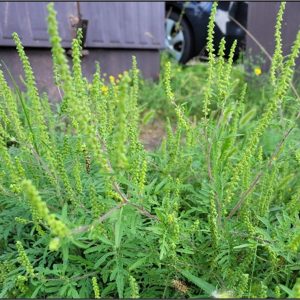
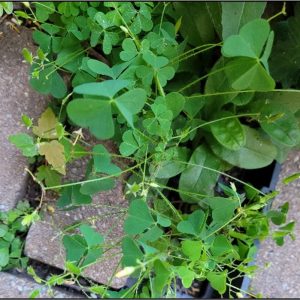
https://en.wikipedia.org/wiki/Vincetoxicum_rossicum Pale Swallowort is the variety of DSV found in Ontario and Quebec..Found in great profusion at Fletcher Wildlife Garden
Jim, thanks so much for noticing that error!! You’re quite right; it’s Pale Swallowwort – Vincetoxicum rossicum – that we see at the FWG and elsewhere in the region.
An introduction to weeds was all that I was looking for, and it’s great to see this sort of information here. All in all, I’m just happy to have found this particular read.
That’s great, Greg! I’m glad to hear it has been helpful to one person, at least! 🙂
Thank you for this article. Today I learned that my problem garden weed is goutweed from the Master Gardeners. I’m going to give your cut below the soil surface a try.
In your gallery pictures, I see milkweed. Respectfully, since it is the most essential and wonderful plant ever in its role in supporting our endangered Monarch butterflies, maybe it should receive special mention to encourage people to let it be if at all possible. Monarchs need as much help as they can get, given their drastic decline in numbers.